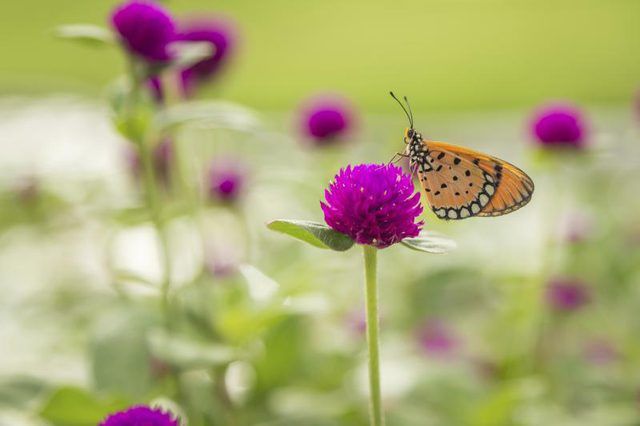Bulbs
Flower Basics
Flower Beds & Specialty Gardens
Flower Garden
Garden Furniture
Garden Gnomes
Garden Seeds
Garden Sheds
Garden Statues
Garden Tools & Supplies
Gardening Basics
Green & Organic
Groundcovers & Vines
Growing Annuals
Growing Basil
Growing Beans
Growing Berries
Growing Blueberries
Growing Cactus
Growing Corn
Growing Cotton
Growing Edibles
Growing Flowers
Growing Garlic
Growing Grapes
Growing Grass
Growing Herbs
Growing Jasmine
Growing Mint
Growing Mushrooms
Orchids
Growing Peanuts
Growing Perennials
Growing Plants
Growing Rosemary
Growing Roses
Growing Strawberries
Growing Sunflowers
Growing Thyme
Growing Tomatoes
Growing Tulips
Growing Vegetables
Herb Basics
Herb Garden
Indoor Growing
Landscaping Basics
Landscaping Patios
Landscaping Plants
Landscaping Shrubs
Landscaping Trees
Landscaping Walks & Pathways
Lawn Basics
Lawn Maintenance
Lawn Mowers
Lawn Ornaments
Lawn Planting
Lawn Tools
Outdoor Growing
Overall Landscape Planning
Pests, Weeds & Problems
Plant Basics
Rock Garden
Rose Garden
Shrubs
Soil
Specialty Gardens
Trees
Vegetable Garden
Yard Maintenance
How to Grow Globe Amaranth (Gomphrena)
How to Grow Globe Amaranth (Gomphrena). Growing globe amaranth (Gomphrena globosa) requires minimal effort, even in challenging, inhospitable conditions. The old-fashioned charm of this easy-care annual belies its tough and resilient nature. Native to Central America, globe amaranth's colorful blooms flourish from cool northern sites to heat-baked...

Growing globe amaranth (Gomphrena globosa) requires minimal effort, even in challenging, inhospitable conditions. The old-fashioned charm of this easy-care annual belies its tough and resilient nature. Native to Central America, globe amaranth's colorful blooms flourish from cool northern sites to heat-baked southern borders. Given basic care, globe amaranth rewards admirers with beautiful, long-lasting blooms.
Beauty-Boosting Sun and Soil
Full sun brings out the best in globe amaranth's prolific blooms. The 1 1/2- to 2-inch, cloverlike blossoms stretch from midsummer through the first hard frost. From magenta-pink to brilliant bicolors, globe amaranth thrives in heat, too. It prefers well-drained, acidic soil and adapts to soil types from sand to clay. Fine hairs on globe amaranth plants tend to collect soil that splashes up with water or wind. A 2-inch layer of organic mulch reduces splashing, keeps soil in place and leaves globe amaranth looking fresh and clean. Major pests and diseases rarely trouble well-sited globe amaranth.
Spacing for Gardens and Bouquets
In regular garden settings, space globe amaranth plants 12 to 18 inches apart. The plants grow up to 2 feet tall and 1 to 1 1/2 feet wide, with some cultivars more compact. Left in the garden to dry and shatter, globe amaranth blossoms self-seed non-aggressively. Spring may find unexpected additions popping up nearby. Seeds don't replicate their parent plant, so seedlings may vary in color and characteristics. Weed them out, relocate them or let them grow where they lie. If growing globe amaranth for dried or fresh-cut flowers, space the plants 6 to 8 inches apart instead. Erect, cut-worthy stems grow taller in response.
Watering and Fertilizer Needs
Globe amaranth flourishes with consistent moisture, but it shines in drier soil. Once established, it tolerates intense heat and drought. Water globe amaranth deeply and thoroughly when you water, and then allow the soil to dry well before watering again. If in doubt, test the soil with your finger about 3 to 4 inches deep. If dry, it's time to water. Globe amaranth does well in poor, lean soils. No fertilizer is needed, but a 1- to 2-inch layer of organic compost adds slow-release nourishment. Work it into the soil before annual plantings, or apply it around seedlings and established plants.
Pinching, Pruning and Everlastings
Sacrifice the year's first globe amaranth blossoms for denser, bushier plants and more blooms; pinch the buds between your forefinger and thumb. Globe amaranth doesn't require deadheading during the season. The colorful, globe-shaped heads aren't actually flowers. Their stiff folds hold miniature white or yellow blooms. The vibrant, paperlike bracts around the tiny blossoms dry and retain their color so well, globe amaranth earns the title "everlasting." For enduring color, harvest globe amaranth stems right after the bracts fully open. Hang cut stems upside down in a cool, well-ventilated space to dry. Then enjoy globe amaranth long after the growing season ends.